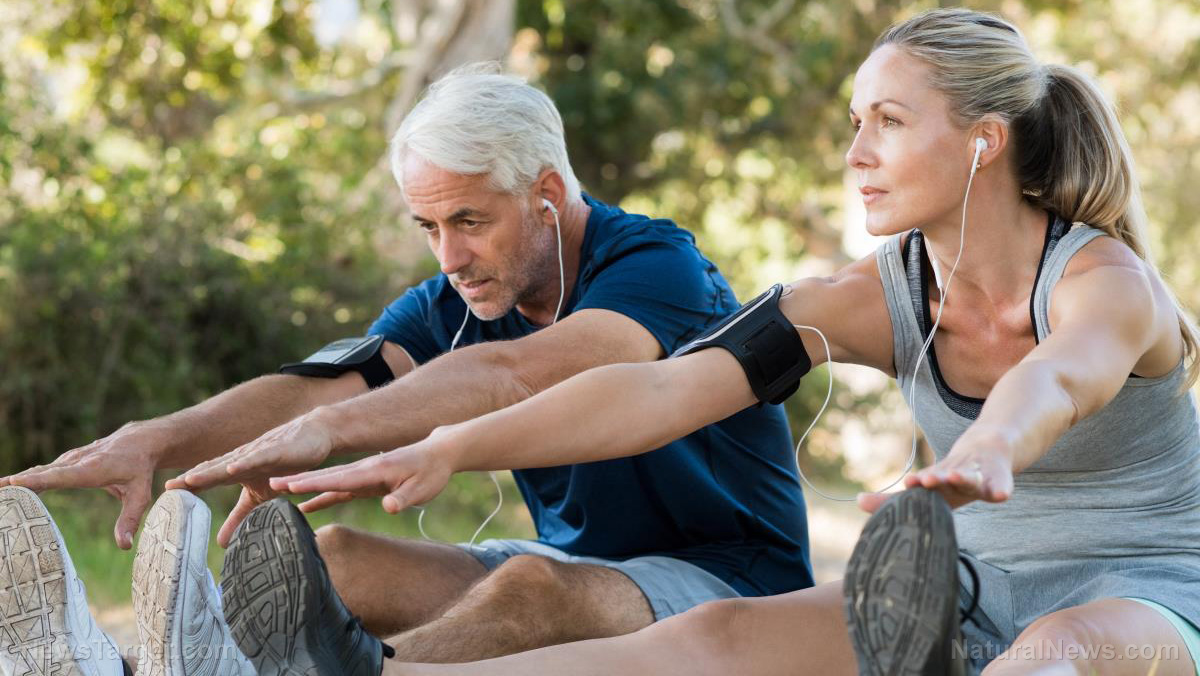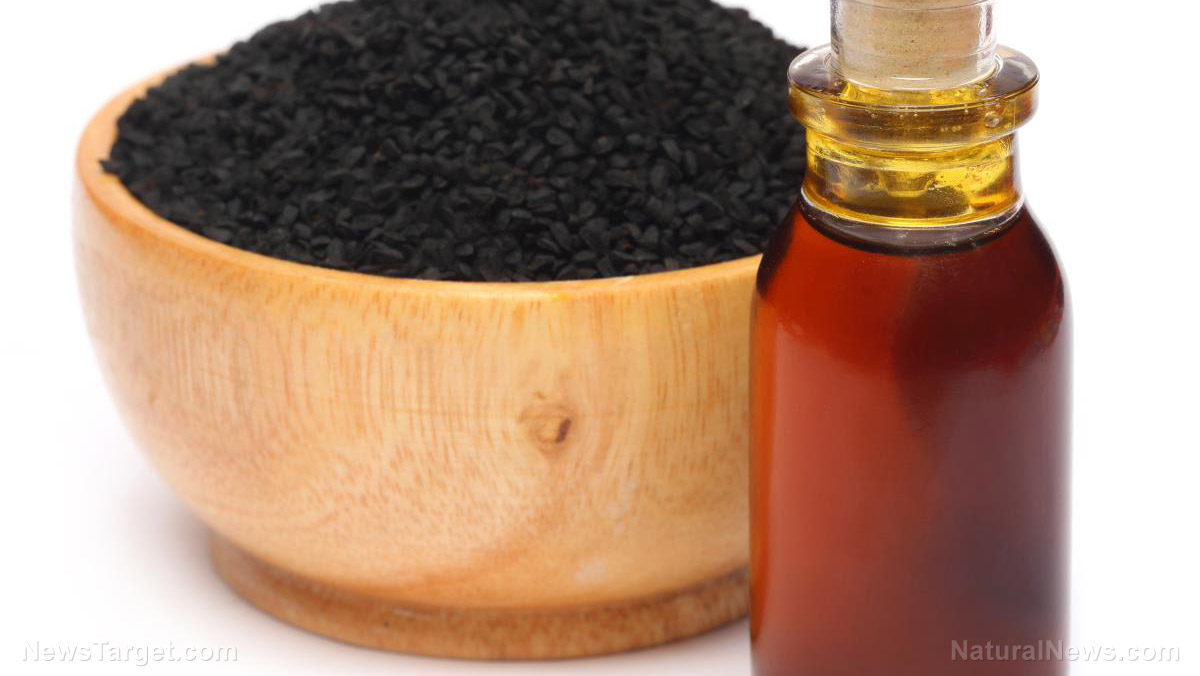Active older adults who increase their fitness levels halve their risk of early death
03/02/2020 / By Arsenio Toledo

The secret to living a long life may lie in how active you are, even in your sunset years. A new study published in The BMJ showed that exercising, especially later in life, can lower your risk of an early death. According to the study, this works for everyone, even those who have been inactive their whole life.
This study, conducted by researchers from the University of Cambridge found that older British adults who participated in at least 150 minutes of exercise per week significantly cut their risk of dying in the next 13 years.
This study involved 14,599 men and women from Norfolk, England between the ages of 40 and 79. They were recruited by the European Prospective Investigation into Cancer and Nutrition-Norfolk between 1993 and 1997. The participants were assessed at the beginning of the study and kept receiving assessments for the next eight years to study their levels of activity, which the researchers monitored by taking into account overall physical activity, including activity at work and activity during leisure time. This includes activities from sedentary or physical work to cycling, sports and recreational activities.
After the eight years of the initial study, the team monitored their health over the course of 13 years. During this period, 3,148 participants died. This includes 950 deaths from cardiovascular disease and 1,091 deaths from cancer. (Related: Health is wealth: Regular exercise significantly lowers your risk of lung and colorectal cancers.)
Slashing your risk of premature death with exercise
After the researchers controlled for risk factors, such as existing levels of physical activity, body weight, current diet, medical history and cholesterol and blood pressure levels, they found that higher levels of physical activity, as well as increases in physical activity, resulted in a lower risk of early death.
The researchers found that the participants who, at the beginning of the study, were relatively inactive, but began exercising gradually over the next five years until they met the minimum 150 minutes recommended by the British National Health Service, had a 24 percent decreased risk of death from any cause. This includes a 29 percent lower risk of cardiovascular death and an 11 percent lower risk of cancer death.
Furthermore, if the study participant had a high level of physical activity at the beginning of the study, and became even more active over time, the researchers found that they had a 42 percent lower risk of mortality.
The researchers also found that it didn’t matter whether or not the participant had a history of cancer or cardiovascular disease.
The benefits of exercise can be received at any time
“These results are encouraging, not least for middle aged and older adults with existing cardiovascular disease and cancer, who can still gain substantial longevity benefits by becoming more active, lending further support to the broad public health benefits of physical activity,” the researchers wrote.
They further explained that public health strategies concerning exercise must shift the whole population to meeting the minimum recommendation of “150 minutes per week of moderate-intensity physical activity.” They believe that this is a realistic target, given that their study suggests that this baseline level is broadly attainable.
The researchers added that individuals who already have chronic conditions such as cardiovascular disease and cancer can choose to engage in lower-intensity physical activity for a longer duration. More importantly, they believe that more focus must be put on maintaining this level of physical activity in people during the middle and late stages of their lives.
Sources include:
Submit a correction >>
Tagged Under:
aging, cardiovascular disease, deaths, early death, exercise, fitness, heart health, longevity, mortality, premature death, prevention, research, slender
This article may contain statements that reflect the opinion of the author
RECENT NEWS & ARTICLES
ReverseHeartDisease.News is a fact-based public education website published by Reverse Heart Disease News Features, LLC.
All content copyright © 2018 by Reverse Heart Disease News Features, LLC.
Contact Us with Tips or Corrections
All trademarks, registered trademarks and servicemarks mentioned on this site are the property of their respective owners.





















